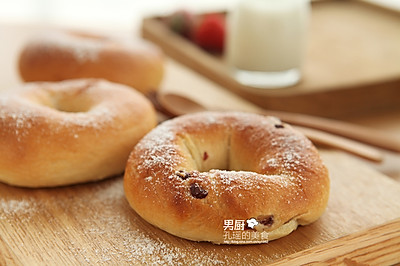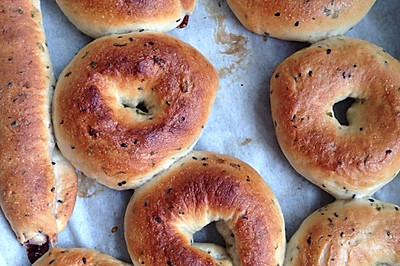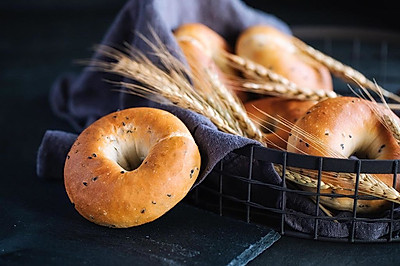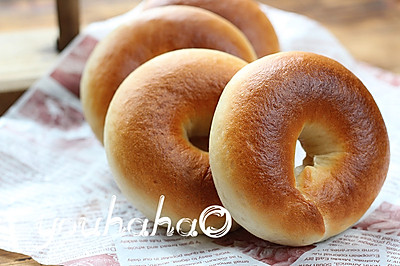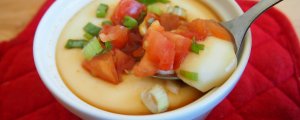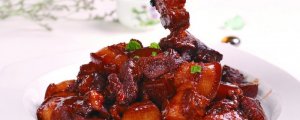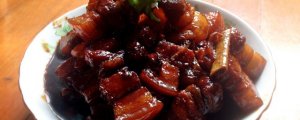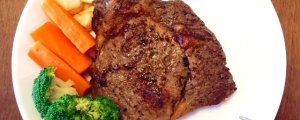
Original Beiguo
(154853 views)
The taste of this bread is tough on the skin, soft inside, full of biting force
Cooking ingredients
Cooking Steps

Step1:Pour all ingredients except butter into a large bowl. Start kneadin

Step2:Add butter when kneading to expansion stage. Continue kneading until all butter is absorbe

Step3:Knead it into a smooth dough. Put it in a bowl. Have a haircut

Step4:When the dough is 2 times larger than the original volume, take it out, pat it gently for exhaust, divide it into 6 parts on average, knead it respectively, and let it stand for 5 minutes

Step5:Take one part of the dough. Use the dough stick to grow the tongue

Step6:Roll from left to right. Long olive shape

Step7:Tighten the mout

Step8:Flatten one side of the head by hand or by rolling on the surfac

Step9:Circle it. Circle it. Put the head in the flat one. Wrap it. Pinch it

Step10:In this way, shape the remaining doug

Step11:Put it in the baking tray. Secondary fermentatio

Step12:Put sugar and water in the non stick pot. Cook until sugar melts. About 80 or 90 degrees. Do not boil. Turn off the heat

Step13:Put the fermented dough face down in sugar water. Scald for about 30 seconds. Turn it over again. Scald for 30 seconds

Step14:Take it out. Drain the excess wate

Step15:Feed into the preheated oven. 200 ℃ for 20 minutes. Depending on the surface color (cover with tin paper if necessary

Step16:Finished product drawin
Cooking tips:Because of the different water absorption of flour, please keep 5g to 10g of water. It's only recommended to increase or decrease the temperature and time according to the hardness of dough. After all, the temperature of each oven is different. I use ACA North American electric oven. Other ovens. Please adjust the temperature and time by yourself. Each dough only needs to be scalded for 30 seconds. It's not boiled. Don't turn off the fire when scalding. Turn on the small fire to keep the temperature of sugar water There are skills in making delicious dishes.
 Chinese Food
Chinese Food